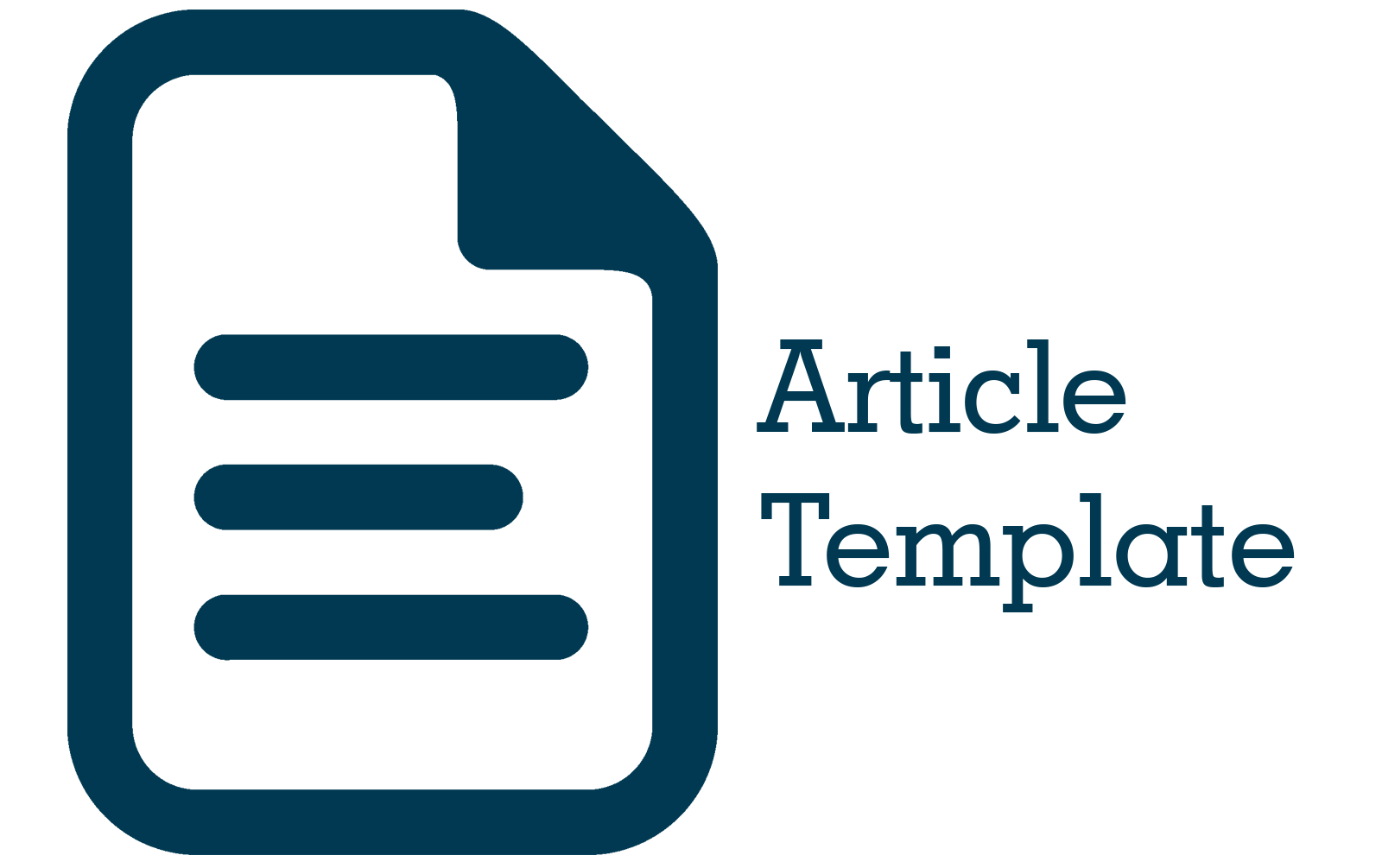DEVELOPING ORAL PREPARATION MATERIALS USING EXPERIENCE-BASED MEDIA
DOI:
https://doi.org/10.29082/IJNMS/2021/Vol5/Iss1/349Abstract
Preparation of oral presentation is one of the materials in the Indonesian language course. This material is a speaking skill material. This material helps students prepare for public speaking, such as providing health education to the public. The purpose of this study was to describe the preparation of experience-based oral presentation preparation materials.This research method uses qualitative research methods with data sources in the form of a book by Gorys Keraf entitled composition published by Nusa Indah and a book by Trianto entitled Designing an innovative-progressive learning model published by Kencana Prenada Media Group. The data in this study are the words, sentences or paragraphs in the two books. The data collection technique used by researchers was document study by collecting documents related to the preparation of materials and materials for oral presentation preparation. Meanwhile, for data analysis techniques, what the researchers did were: (1) data reduction. (2) displaying data by compiling relevant data, (3) drawing conclusions to get a meaning that scattered symptoms have deep meaning. The results of this study indicate that the preparation of oral presentation preparation materials using experience-based media produces a material concept map which in its presentation can be given examples through experience-based media. The existence of making a concept map for the preparation of oral presentation material makes the flow of oral presentation preparation clear and easy to understand, that in preparation for oral presentation there are three main components that must be done, namely 1) examining the problem where this point includes determining the intent, analyzing the listener and the situation, and selecting and narrowing the topic, 2) compiling a description. This point includes gathering material, drawing up a description outline, and describing it in detail, and 3) conducting an exercise. Powerful words are the key words at this point, that the speaker's knowledge of the topic and the needs of the listener, being able to position himself to be closer to the listener, speaking according to facts and speaking honestly, and having the same line of thought as the listener are components that must be mastered by the speaker. , so that the material conveyed to listeners really hits and impresses.
Downloads
References
Asih. (2016). Strategi Pembelajaran Bahasa Indonesia. Pustaka Setia.
Keraf, G. (1998). Komposisi. Nusa Indah.
Moleong, L. J. (2008). Metodologi Penelitian Kualitatif. Remaja Rosda Karya.
Parengkuan, E. (2009). Powerful Words: Teknik Menyihir Hadirin Lewat Kekuatan Kata-Kata. In Talk-inc. Points: Kekuatan Mental, Ketepatan Kata, dan Totalitas Bahasa Tubuh untuk menjadi Pembicara Profesional (pp. 124–128). Gramedia Pustaka Utama.
Sugiyono. (2013). Memahami Penelitian Kualitatif. Alfabeta.
Susilo, A. (2014). Media dan Sumber Belajar. In Modul Pelatihan Pengembangan Keterampilan Dasar Teknik Instruksional (pp. 248–271). Kopertis Wilayah VII.
Tarigan, H. G. (2008). Berbicara sebagai suatu Keterampilan Berbahasa. Angkasa.
Trianto. (2012). Mendesain model pembelajaran inovatif-progresif. Kencana Prenada Media Group.
Downloads
Published
Issue
Section
License
Authors who publish with IJNMS agree to the following terms
- Authors retain copyright licensed under a Creative Commons Attribution-ShareAlike 4.0 International License that allows others to share the work non-commercially with an acknowledgement of the work's authorship and initial publication in this journal.
- Authors are permitted and encouraged to post their work online (e.g., in institutional repositories or on their website) prior to and during the submission process, as it can lead to productive exchanges, as well as earlier and greater citation of published work (See The Effect of Open Access). Authors can archive pre-print and post-print or publisher's version/PDF.










_IJNMS.png)






